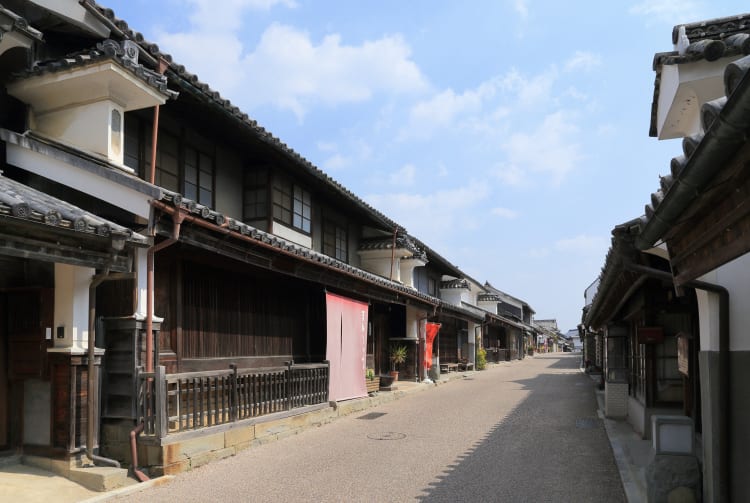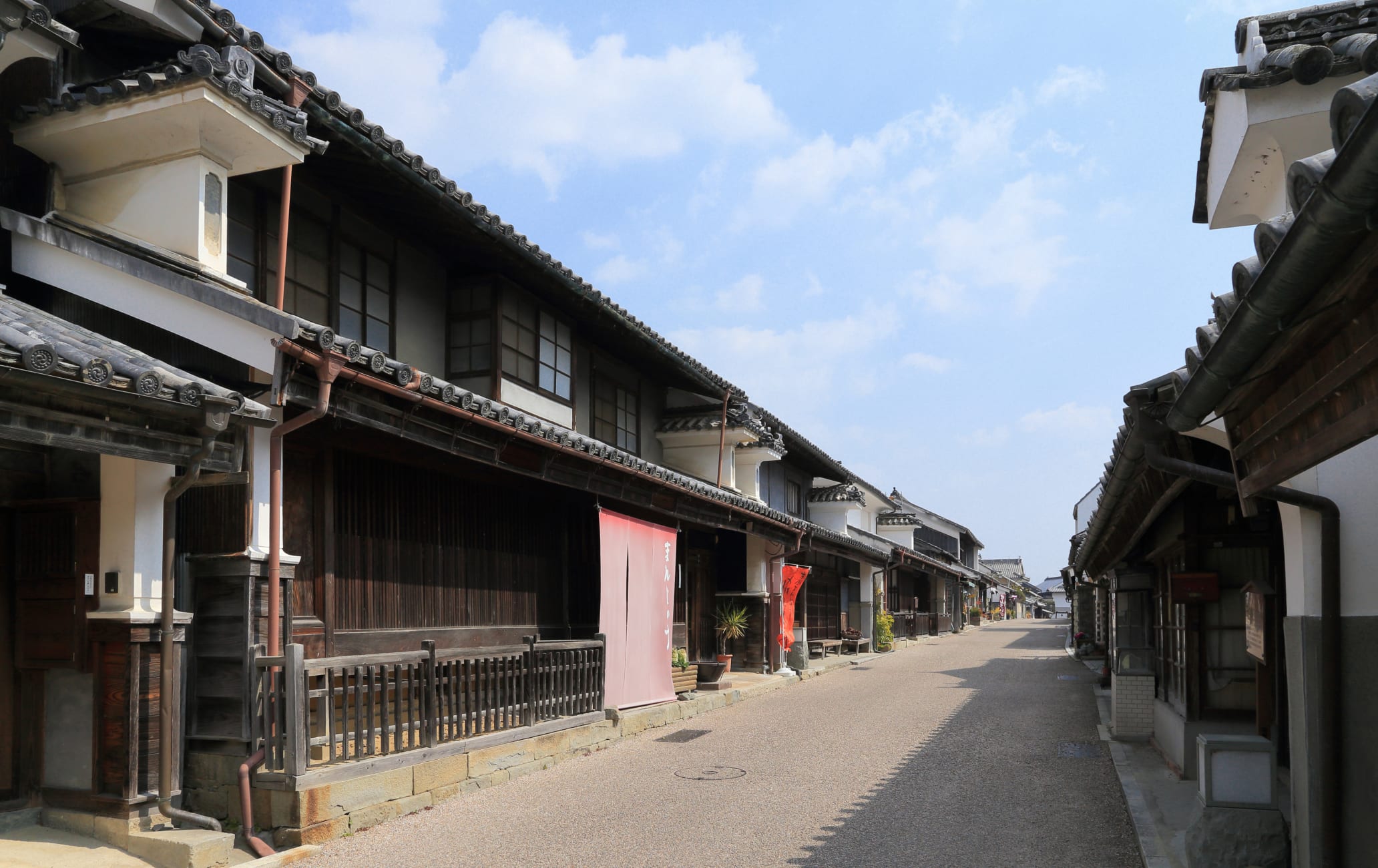A town straight out of an Edo-period drama
The past still lives on in Wakimachi, where historic buildings are preserved and open to the public.
Quick Facts
Wakimachi has rows of Edo-period structures with udatsu roofs
Udatsu, a rarity not just in Japan but the world
The wooden Odeonza theater opened in 1934
How to Get There
Wakimachi is about 40 minutes by train using the JR Tokushima Line's Tsurugisan limited express from Tokushima to Anabuki Station, then a 10-minute ride by car.
Distinctive architecture
Located out in the western part of Tokushima in close proximity to the Yoshino River, Wakimachi is the prefecture's best place to find traditional architecture and beautiful old structures from Japan's past.
The town is home to a 430-meter row of well-preserved buildings from Japan's Edo period that includes 50 traditional homes with distinctive udatsu on their roofs—high-winged wall structures that were originally built on the edges of the roof to prevent fire from spreading to or from adjacent houses.
Status and safety
Due to the extra cost involved, udatsu were often a sign of wealth, and they are found at large residences that belonged to wealthy merchants. While old buildings are found in other parts of the country, it is rare to see udatsu.
Step into the past
Not only is it enjoyable to stroll up and down the street and imagine life in Edo period Japan, some of the homes are now open to the public, having been converted into gift shops, cafes, restaurants, and even a ryokan (traditional Japanese inn).
Tokushima Prefecture's only wooden theater
Be sure to visit the Wakimachi Theater (Odeonza), on the eastern end of the udatsu buildings. This wooden theater was built in 1934 primarily to accommodate performances of kabuki, although it was modified to screen films after World War II.
While in the area...
About a 15-minute walk away from the udatsu buildings, there is the former Nagaoka House, an old 18th-century farmhouse that was relocated here and is open to the public for free.


























































